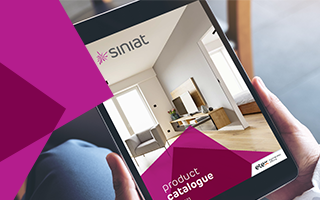What is reverberation time?
Sound in a room dies away over time as its energy is absorbed via its various interactions with the surfaces of the room. If there are a lot of very absorbent surfaces, sound will die away quickly. This type of room is usually referred to as being acoustically dead. If the surfaces of the room are more reflective it takes a longer time for the sound to die away. But the time it takes until a sound dies away also depends on how loud it was in the first place and on the hearing of the person who measures it. In order to create a standard repeatable parameter, reverberation time is defined as the time for the sound to die away to a level of 60 decibels below its original level. So what time should you aim at?Recommended reverberation times for typical spaces any architect needs to know
While sound is a science, every space is a unique combination of shape, surface, aesthetics and acoustic requirements. The following recommendations are meant as indicative values to steer you in the right direction. The goal should always be to create the perfect match of aesthetic and acoustic design:
1. Kindergarden
0.4 sec reverberation time.
Absorbers should be close to the noise, impact resistant and washable.
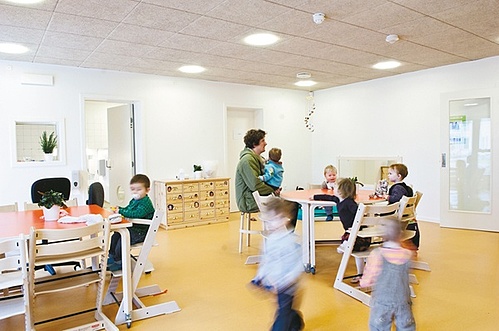
2. Offices
0.7 – 0.4 sec reverberation time.
Use acoustic barriers, absorption in the ceiling and absorbers in the wall.
3. Classrooms
0.6 – 0.4 sec reverberation time.
Absorbers and reflectors should be in the ceiling, use structures to reduce ceiling heights in some part of the room, use wall absorbers with impact resistance, consider cleanability and possibility to repaint. The challenge of classroom acoustics is to make reverberation time not too short, but not too long for classrooms, as you want the voice to travel but still avoid echo.
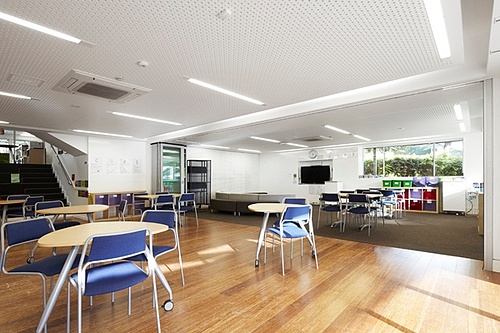
4. Music rehearsal rooms
1.2 – 0.9 sec reverberation time.
Use sound reflection, sound diffusion and only limited absorption.
5. Homes
0.9 sec reverberation time.
Use absorbers on 70-80% of ceiling area and some wall absorbers.
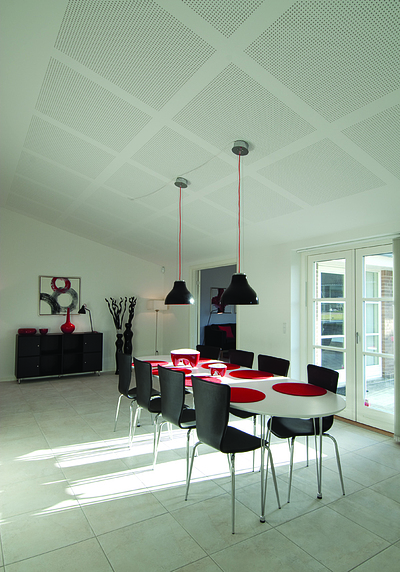
6. Bedrooms
Use a lot of absorption. This is the room which you probably want to be closest to an acoustically dead room.
7. Restaurants
0.8 – 0.7 sec reverberation time.
Use absorbers on 50-70% on the ceiling and wall absorbers corresponding to 10-20% of the ceiling area.
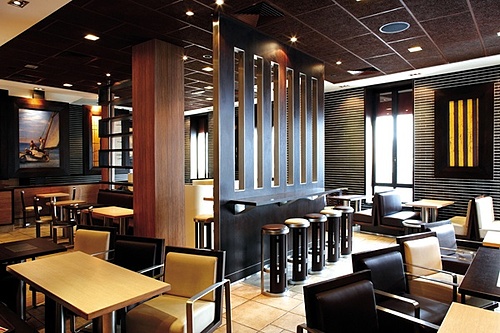
Finding the right reverberation time is not easy
Please note that creating the perfect sound in a room is not always as easy as that. There are a lot of interfering factors to be considered. Recent research has found that occupancy of a room has a real impact on reverberation times. The research focused on classrooms and hospital rooms. Its results showed that with ever changing levels of occupancy a significant difference in the decay of sound could be measured. A special method to take occupancy into account is also suggested. Depending on your project, occupancy rates might have more or less relevance.
Need help with a reverberation time calculation? Check out the Siniat Reverberation Time Calculator.
To talk to a member of our technical team, call 1300 724 505.






